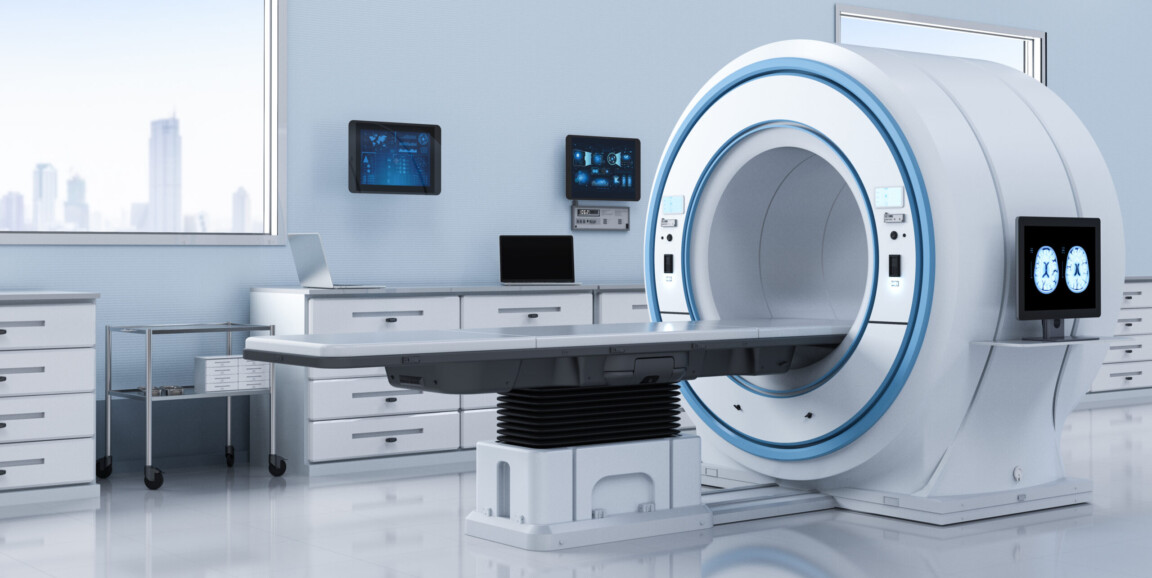MRI is a powerful, non-invasive diagnostic tool widely used to investigate anatomical structures and functions in the body.
Though generally considered to be safe, several studies in the last decade have reported an increase in DNA damage, or genotoxicity, due to cardiac MRI scans. Other research doesn't support these findings -- raising the controversial question of whether an MRI's electromagnetic fields pose a health threat.
A multi-institutional research team recently explored this issue by reviewing the literature published between 2007 and 2016. Specifically, the group considered three questions during their review:
- Do MRIs really cause genotoxicity?
- What are the potential adverse health effects of exposure to MRI electromagnetic fields?
- What impact does this have on patient health?
As outlined in a commentary appearing in Radiation Research, the evidence correlating MRIs with genotoxicity "is, at best, mixed." After emphasizing the limitations of existing studies, which typically included at most 20 participants and lacked sufficient quality control measures, the authors summarized:
We conclude that while a few studies raise the possibility that MRI exams can damage a patient's DNA, they are not sufficient to establish such effects, let alone any health risk to patients... We consider that genotoxic effects of MRI are highly unlikely.
A previous 2015 review paper published in Mutation Research called for comprehensive, international, collaborative studies to address this issue, using a common and widely used MRI exposure protocol with a large number of patients.
The authors of the new review note that such studies would be very expensive and would require hundreds of thousands of participants, which may not be warranted.
"If you want to do something next, do a very well-designed, large study of the types that have already been done, but with better statistics and better controls," said John Moulder, PhD, a professor emeritus at the Medical College of Wisconsin, in a recent news story. "And make sure that this punitive genotoxicity is even real before beginning more expensive follow-up studies."
Previously: Could a different type of MRI help narrow the gap between stem cell promise and reality? and Why some healthy-looking young adults may still be at risk for heart disease
Photo by phonlamaiphoto




